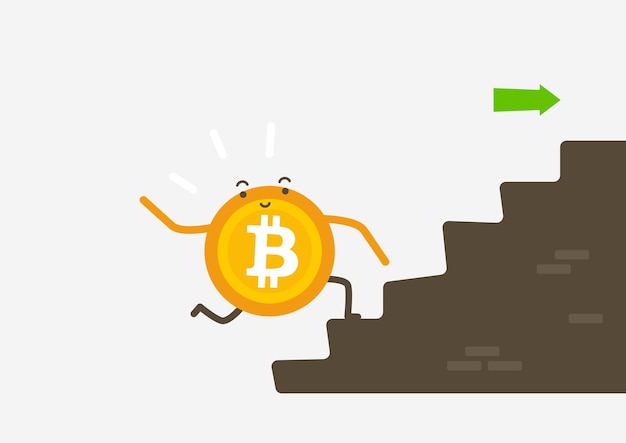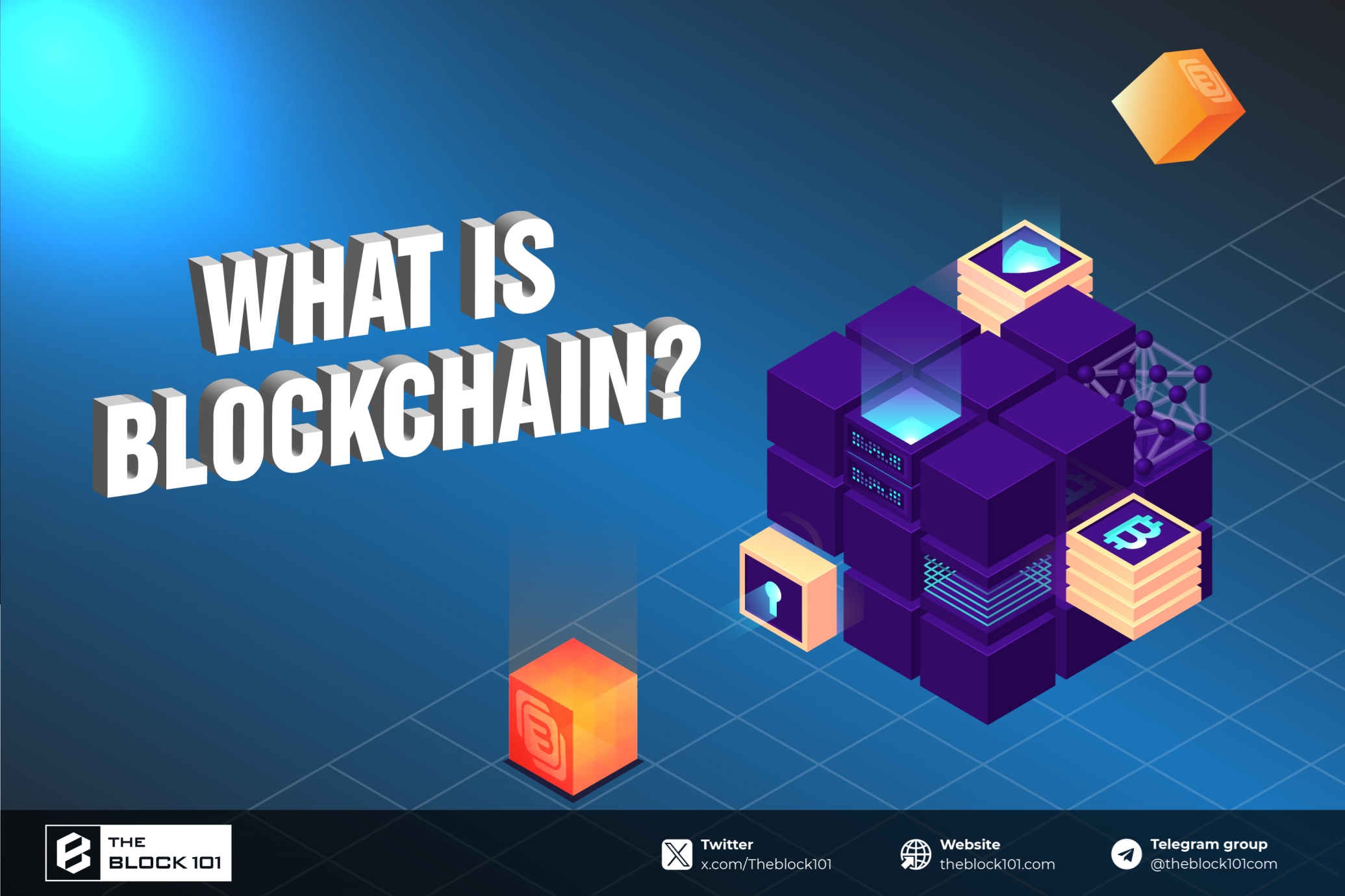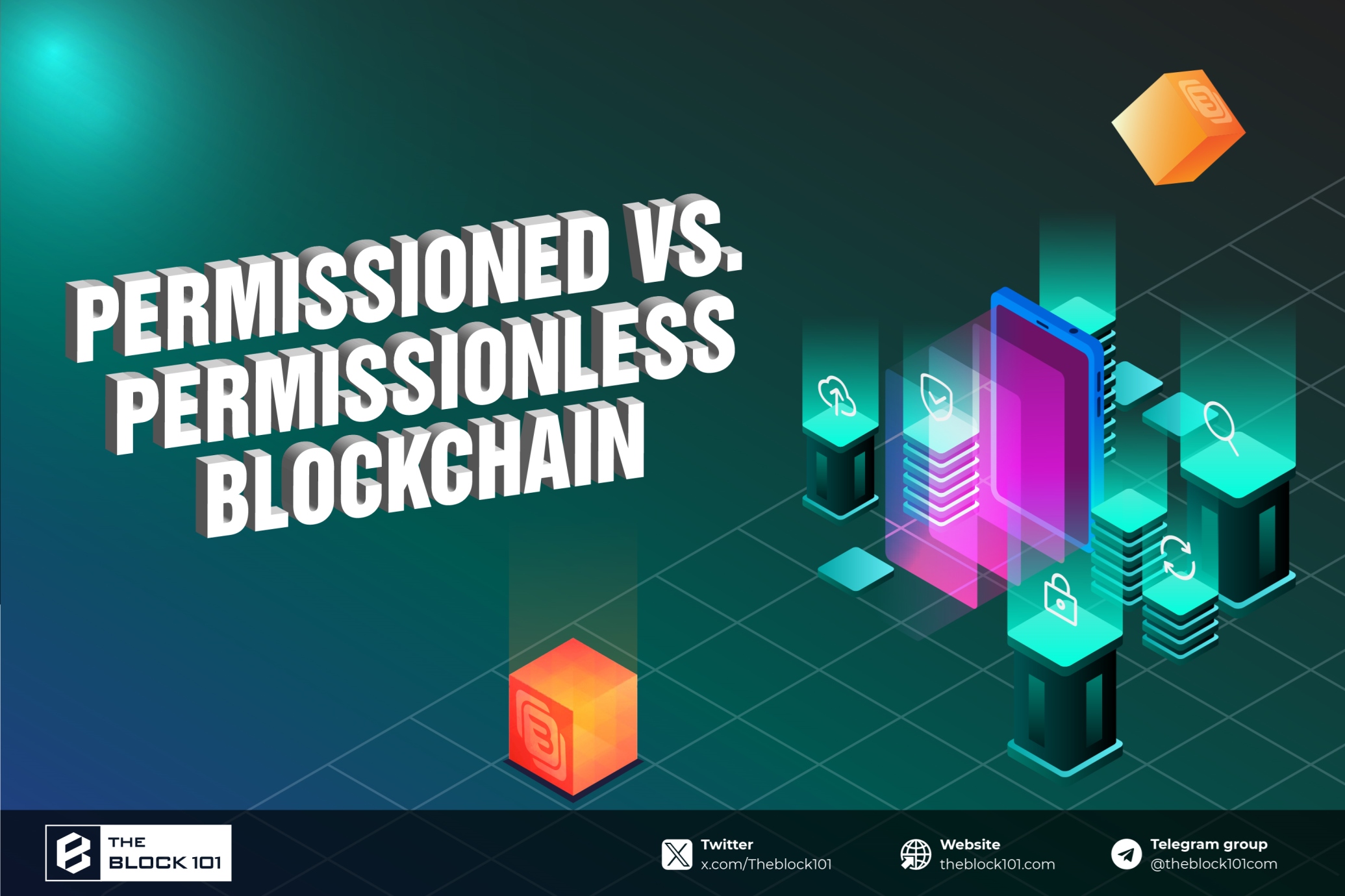1. The genesis of Bitcoin

1.1. The mysterious Satoshi Nakamoto
The story of Bitcoin begins with the enigmatic figure known as Satoshi Nakamoto. In October 2008, Nakamoto published a whitepaper titled "Bitcoin: A Peer-to-Peer Electronic Cash System" on a cryptography mailing list. This document outlined the principles of a new digital currency that would operate without a central authority, relying instead on a decentralized network of nodes to verify and record transactions on a public ledger, the blockchain.
Despite numerous attempts to uncover Nakamoto's true identity, the creator of Bitcoin remains unknown to this day. This mystery has only added to the intrigue and allure of Bitcoin, cementing its place in the annals of technological innovation.
1.2. The first block: The genesis block
On January 3, 2009, Nakamoto mined the first block of the Bitcoin blockchain, known as the Genesis Block or Block 0. This block contained a cryptic message embedded in its code: "The Times 03/Jan/2009 Chancellor on brink of second bailout for banks." This message, referencing a headline from The Times newspaper, is widely interpreted as a critique of the traditional banking system and a call for a new, decentralized financial paradigm.
1.3. The early days: Building the network
In the initial months following the launch of Bitcoin, Nakamoto and a small group of enthusiasts worked diligently to improve the software and expand the network. Early adopters mined Bitcoin using their personal computers, and transactions were primarily conducted among a tight-knit community of cryptography and technology enthusiasts.
One of the first notable transactions occurred in May 2010, when a programmer named Laszlo Hanyecz paid 10,000 BTC for two pizzas, an event now celebrated annually as Bitcoin Pizza Day. This transaction, worth a mere $41 at the time, would be valued at hundreds of millions of dollars today, highlighting the dramatic appreciation in Bitcoin's value over the years.
2. The growing ecosystem of Bitcoin: 2010-2013

2.1. The rise of exchanges
As Bitcoin gained traction, the need for reliable platforms to buy and sell the cryptocurrency became evident. In July 2010, the first Bitcoin exchange, Mt. Gox, was launched. This platform allowed users to trade Bitcoin for fiat currencies, significantly increasing the liquidity and accessibility of the cryptocurrency.
However, Mt. Gox would later become infamous for its collapse in 2014, when it was revealed that the exchange had lost approximately 850,000 BTC due to a combination of theft and mismanagement. This incident underscored the importance of security and transparency in the burgeoning cryptocurrency industry.
2.2. The emergence of Altcoins
Bitcoin's success inspired the creation of numerous alternative cryptocurrencies, or altcoins, each seeking to improve upon or differentiate itself from Bitcoin in various ways. Some of the earliest and most notable altcoins include Litecoin, launched in October 2011 by Charlie Lee, and Ripple, introduced in 2012 by Chris Larsen and Jed McCaleb.
These altcoins, along with many others that followed, contributed to the diversification of the cryptocurrency market and spurred further innovation in blockchain technology.
2.3. Regulatory scrutiny and legal challenges
As Bitcoin's popularity grew, so too did the attention of regulators and law enforcement agencies. In 2013, the U.S. Financial Crimes Enforcement Network (FinCEN) issued guidelines clarifying that Bitcoin exchanges and administrators would be subject to anti-money laundering (AML) regulations. This marked the beginning of a complex and ongoing dialogue between the cryptocurrency industry and regulatory bodies worldwide.
One of the most high-profile legal cases involving Bitcoin was the Silk Road investigation. Silk Road was an online marketplace that facilitated the sale of illegal goods and services using Bitcoin as the primary currency. In 2013, the FBI shut down Silk Road and arrested its founder, Ross Ulbricht, who was later sentenced to life in prison. This case highlighted both the potential and the pitfalls of Bitcoin as a medium of exchange.
3. The mainstream adoption of Bitcoin: 2014-2017

3.1. Technological advancements
During this period, significant technological advancements were made to enhance the functionality and security of the Bitcoin network. One of the most notable developments was the implementation of the Lightning Network, a second-layer protocol designed to facilitate faster and cheaper transactions by enabling off-chain payment channels. This innovation addressed one of Bitcoin's key scalability issues and laid the groundwork for broader adoption.
3.2. Institutional interest and investment
Bitcoin's growing legitimacy and potential for high returns began to attract the interest of institutional investors and financial institutions. In 2015, the New York Stock Exchange (NYSE) launched the first regulated Bitcoin exchange, and in 2017, the Chicago Board Options Exchange (CBOE) and the Chicago Mercantile Exchange (CME) introduced Bitcoin futures trading. These developments marked a significant milestone in Bitcoin's journey toward mainstream acceptance.
3.3. The ICO boom
The Initial Coin Offering (ICO) craze of 2017 saw a surge in fundraising for blockchain-based projects, with many startups issuing their own tokens in exchange for Bitcoin and other cryptocurrencies. While some ICOs led to the creation of innovative and successful projects, others were plagued by scams and regulatory scrutiny. The ICO boom and subsequent bust underscored the need for clearer regulatory frameworks and investor protections in the cryptocurrency space.
3.4. The 2017 bull run
Bitcoin's price experienced a meteoric rise in 2017, driven by increased demand and speculative interest. Starting the year at around $1,000, Bitcoin's price soared to nearly $20,000 by December. This bull run brought unprecedented attention to Bitcoin and cryptocurrencies, drawing in a new wave of investors and media coverage.
4. Challenges and resilience of Bitcoin: 2018-Present

4.1. Market corrections and volatility
Following the 2017 bull run, Bitcoin's price underwent significant corrections, highlighting the inherent volatility of the cryptocurrency market. In 2018, Bitcoin's price plummeted to around $3,000, leading many to question the long-term viability of the digital asset. However, Bitcoin demonstrated resilience, gradually recovering and reaching new all-time highs in subsequent years.
4.2. Advancements in regulation and adoption
Regulatory developments continued to shape the Bitcoin landscape, with governments and financial institutions increasingly recognizing the need for comprehensive frameworks to govern the cryptocurrency industry. Countries like Japan and Switzerland adopted progressive regulatory approaches, while others, such as China, imposed stringent restrictions on cryptocurrency activities.
Despite regulatory challenges, Bitcoin's adoption continued to grow. Major companies, including Tesla and Square, began to hold Bitcoin on their balance sheets, and payment giants like PayPal and Visa integrated Bitcoin into their platforms. These moves signaled a growing acceptance of Bitcoin as a legitimate asset class and a means of payment.
4.3. COVID-19 pandemic and digital gold narrative
The COVID-19 pandemic, which began in early 2020, had a profound impact on global financial markets. In response to economic uncertainty and unprecedented monetary stimulus measures, many investors turned to Bitcoin as a hedge against inflation and a store of value. This narrative of Bitcoin as "digital gold" gained traction, further solidifying its status as a viable alternative to traditional assets.
4.4. Institutional endorsements and ETF approvals
In recent years, institutional endorsements of Bitcoin have reached new heights. Prominent financial institutions, including BlackRock and Fidelity, have launched Bitcoin investment products, providing institutional and retail investors with greater access to the cryptocurrency. Additionally, the approval of Bitcoin exchange-traded funds (ETFs) in several jurisdictions has further legitimized Bitcoin as an investment asset.
5. Technological innovations and future prospects of Bitcoin

5.1. Lightning Network
To address Bitcoin's scalability issues, developers have proposed various solutions, with the Lightning Network being one of the most prominent. The Lightning Network is a second-layer protocol that enables fast and low-cost transactions by creating off-chain payment channels. This innovation has the potential to make Bitcoin more practical for everyday transactions while reducing network congestion.
5.2. Bitcoin as legal tender
In a historic move, El Salvador became the first country to adopt Bitcoin as legal tender in 2021. This decision marked a significant milestone in Bitcoin's history and sparked discussions about its potential as a national currency. Other countries are closely watching El Salvador's experiment, and its success or failure could influence future adoption by other nations.
5.3. Environmental concerns
Bitcoin mining, the process by which new bitcoins are created and transactions are verified, requires significant computational power and energy consumption. This has led to growing concerns about Bitcoin's environmental impact. Efforts to address these concerns include the adoption of renewable energy sources for mining and the development of more energy-efficient consensus algorithms.
6. FAQs
Q1. How does Bitcoin work?
Bitcoin transactions are verified by network nodes through cryptography and recorded in a public ledger called a blockchain. Miners use computational power to solve complex mathematical problems, validating transactions and securing the network in exchange for newly created bitcoins.
Q2. How is Bitcoin regulated?
Regulation of Bitcoin varies by country. Some countries have embraced it, while others have imposed strict regulations or bans. Regulatory bodies are still working to develop comprehensive frameworks to govern the use of cryptocurrencies.
Q3. What are the environmental concerns associated with Bitcoin?
Bitcoin mining requires significant computational power and energy consumption, leading to environmental concerns. Efforts to mitigate this impact include using renewable energy sources and developing more energy-efficient consensus algorithms.
Q4. What is Bitcoin's future?
Bitcoin's future remains uncertain. It could achieve mainstream adoption and become a widely used financial instrument, or it might remain a speculative asset. Technological innovations, regulatory developments, and market dynamics will all play a role in shaping Bitcoin's trajectory.
7. Conclusion
From its mysterious origins to its current status as a global financial phenomenon, Bitcoin's history is a testament to the power of innovation and the potential of decentralized technologies. Despite facing numerous challenges and criticisms, Bitcoin has demonstrated remarkable resilience and adaptability, continually pushing the boundaries of what is possible in the digital age.
As Bitcoin continues to evolve, its impact on the financial world and beyond will undoubtedly remain profound. Whether as a store of value, a medium of exchange, or a catalyst for technological advancement, Bitcoin's journey is far from over, and its story is still being written.
Read more:
- What is Bitcoin? All Important Information About Bitcoin
- What is Bitcoin L2? Exploring Layer 2 Projects on Bitcoin
- What is Bitcoin withdrawal? Steps to withdraw Bitcoins to Bank Account

 English
English Tiếng Việt
Tiếng Việt.jpg)
















